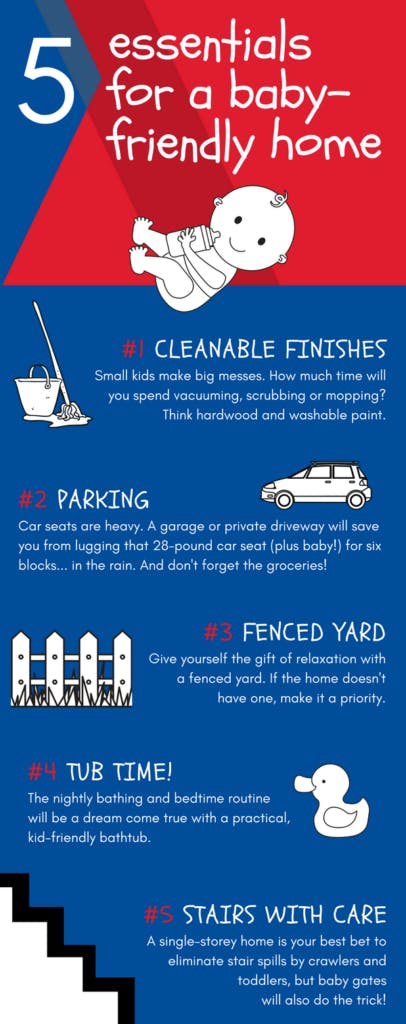Embarking on the journey to buy a home is an exhilarating adventure filled with hopes and dreams. But it’s also a path strewn with potential pitfalls. The key to a successful home-buying experience lies not just in knowing what to do, but also in being aware of what not to do. This blog post aims to be your beacon, guiding you away from common mistakes that can turn your dream home purchase into a regrettable experience.
Rushing the Process
Dangers of Making Hasty Decisions
In the excitement of buying a home, it’s easy to make quick, emotion-driven decisions. However, this can lead to overlooking crucial details like property faults or hidden costs. The impulse to act fast is understandable, especially in a seller’s market where properties sell rapidly. But remember, even in a fast-paced market, a rushed decision can lead to long-term financial and emotional burdens.
Balancing Speed and Diligence
While it’s true that market conditions can dictate the pace of your decision-making, especially in a seller’s market, balancing speed with careful consideration is vital. In a fast-moving market, you may not have the luxury of extensive contemplation, but this doesn’t mean abandoning due diligence. Be as thorough as possible within your time constraints. Have your financial arrangements in order, know your must-haves versus nice-to-haves, and be prepared to make informed decisions swiftly. It’s about finding the middle ground between not rushing into a decision and not missing out due to indecision.
Misleading Nature of Photos
Listing photos are the first impression of a property, but they can be deceiving. Professional staging and strategic photography can mask flaws and enhance features to an unrealistic degree. It’s crucial to remember that these photos are marketing tools designed to pique your interest.
The Need for In-Person Visits
There’s no substitute for experiencing a home in person. A physical visit can reveal a lot more about the property and its surroundings. It’s your opportunity to gauge the actual size, layout, and condition of the home and get a true feel for the neighbourhood.
Neglecting the Neighborhood
The neighbourhood in which a home is located plays a pivotal role in both the property’s value and your quality of life. Factors like local schools, crime rates, amenities, and even the community’s character can significantly influence your living experience. It’s not just about the home itself but also about the community you’ll become a part of.
Researching the Neighborhood
Understanding the neighbourhood is as important as inspecting the house. Here are some key aspects to consider:
- Community Dynamics: Is the neighbourhood family-friendly? What’s the demographic like? Are there community events or associations?
- Safety and Crime Rates: Check local crime statistics and talk to residents about their experiences. Safety is paramount in determining your peace of mind in your new home.
- School Districts: For those with or planning to have children, the quality of nearby schools can be a deal-breaker. Research the local schools’ ratings and reputation.
- Local Amenities and Services: Proximity to necessities like grocery stores, hospitals, parks, and restaurants adds to the convenience and appeal of a neighbourhood.
- Transportation and Commute: Consider the availability of public transportation, ease of access to major roads, and typical commute times to work or other frequently visited places.
- Future Development Plans: Look into any planned developments or changes in the neighbourhood, as these can affect property values and the overall living experience.
- Noise and General Ambiance: Visit the neighbourhood at different times of the day and night. Are there noise issues, like heavy traffic or a nearby airport? The general ambiance of the area can greatly impact your living comfort.
- Property Values and Trends: Investigate the trends in property values in the area. Are they appreciating? This can be a good indicator of the neighbourhood’s desirability and potential for future growth.
Engaging with the Community
If possible, try to engage with the local community before making your decision. Attend a local event, visit the neighbourhood cafe, or stroll through nearby parks. Conversations with potential neighbours can offer unfiltered insights into the area’s day-to-day life and community spirit.
Underestimating Additional Costs
A home’s purchase price is just the tip of the iceberg. Closing costs, property taxes, maintenance, and unexpected repairs can add up quickly. Budgeting for these additional expenses upfront can save you from financial strain down the line.
Skipping Home Inspections
It is never a good idea to skip a professional home inspection. Inspections can uncover hidden problems that could cost you dearly in the future, from structural issues to outdated electrical systems. It’s a small investment that can save you thousands in the long run.
Conclusion
Buying a home is a significant decision, and it’s essential to approach it with caution and preparation. By understanding what not to do, you can make more informed decisions, avoid common pitfalls, and find a home that’s not just a beautiful space but a wise investment. Take your time, do your research, and always be prepared to walk away if a property doesn’t meet your standards.
For more tips on navigating the home-buying process, get in touch or check out our other resources and guides to empower your journey to finding your perfect home.











